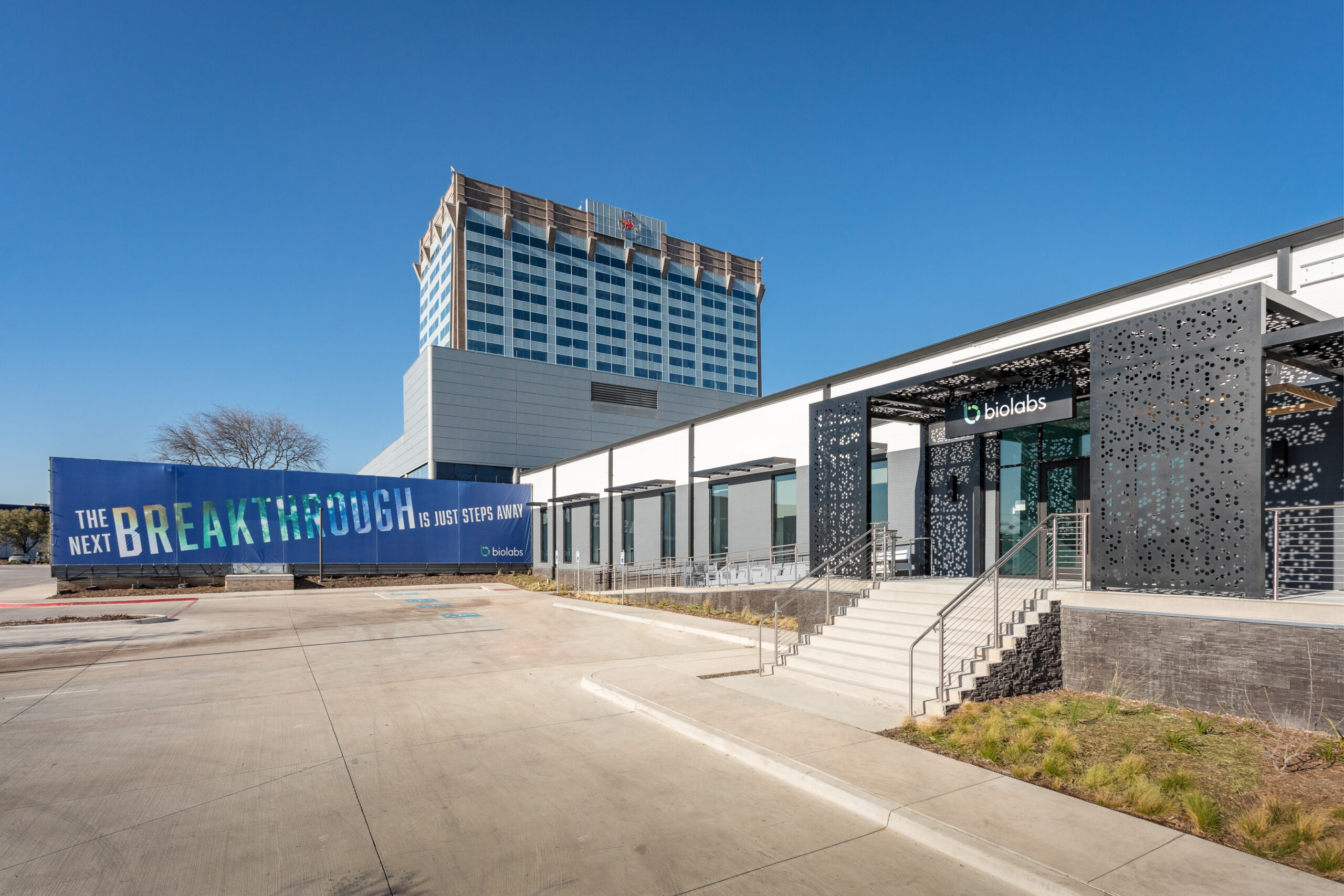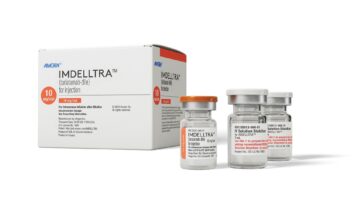Anyone who has suffered from food-borne illness (1 in 6 Americans each year), knows it would be nice to have a way of finding out where that food item came from. When it comes to major salmonella or E. coli outbreak, this would be extremely helpful. A potential way of doing this isn’t what you’d expect.
DNATrek, a Bay-area startup, is creating liquids that each contain a unique DNA sequence using technology invented at Lawrence Livermore National Laboratory that can be sprayed on food items. This would be incredibly useful when a major outbreak comes from the places where food items are grown, packed and shipped. Although the product is FDA approved, it’s not being used yet until major additional testing takes place next year.
“If there’s a problem at home and there’s a piece of the cantaloupe left, you can pick it out of the trash, you can scrub the surface, and all the available information is there and you know exactly where it came from,” said Anthony Zografos, founder and CEO of the self-funded, three-employee startup that expects to close a round of seed funding by the end of the month.

BioLabs Pegasus Park Cultivates Life Science Ecosystem
Gabby Everett, the site director for BioLabs Pegasus Park, offered a tour of the space and shared some examples of why early-stage life science companies should choose North Texas.
Of course this product would only be worth while if whomever gets sick not only didn’t eat the whole thing, but hasn’t taken out the trash since showing symptoms. But regardless, the technology is pretty simple, actually.
Should an outbreak or counterfeiting occur, the produce’s bar code would be detected and identified with a polymerase chain reaction technology, a relatively simple and inexpensive tool used in molecular biology. Regulators could deduce the route the produce had traveled and where the contamination might have begun.
“In 15 to 20 minutes,” Zografos said, “you know exactly where it came from.”
Although the technology sounds very promising, and moving forward with product use looks good, there are still some concerns about safety and unforeseen consequences. Hopefully those will get ironed out next year and not only will many people potentially be spared from food-borne illness, but a lot of money will be saved from the following healthcare expenses.
[Photo from flickr user Jamie McFarlane]














